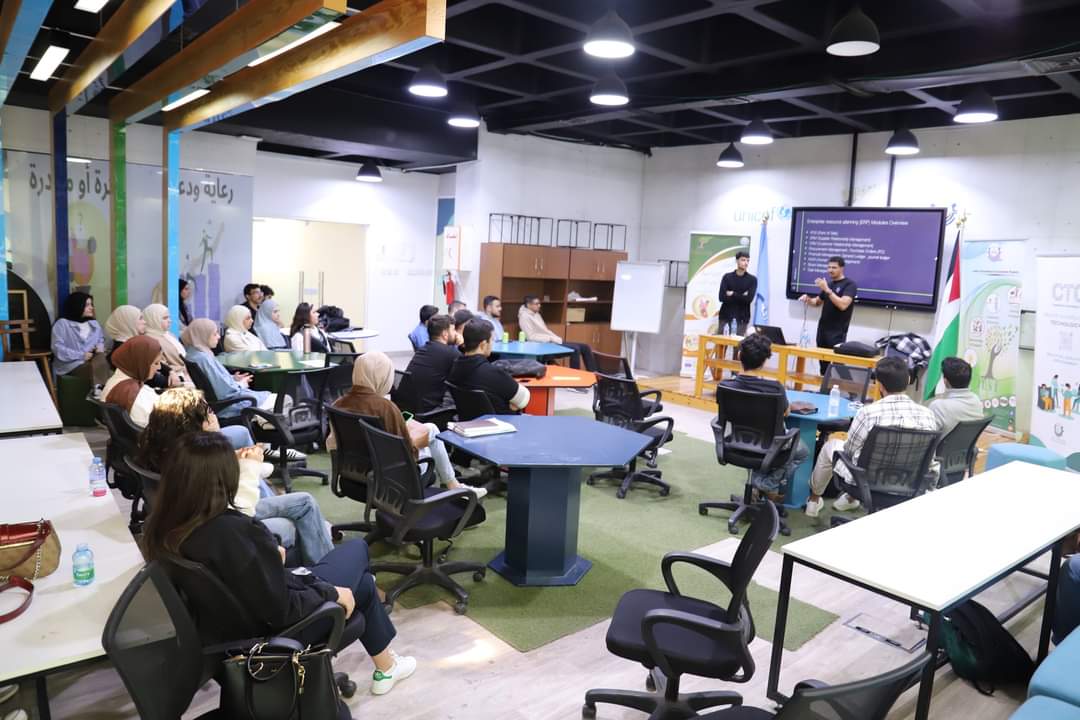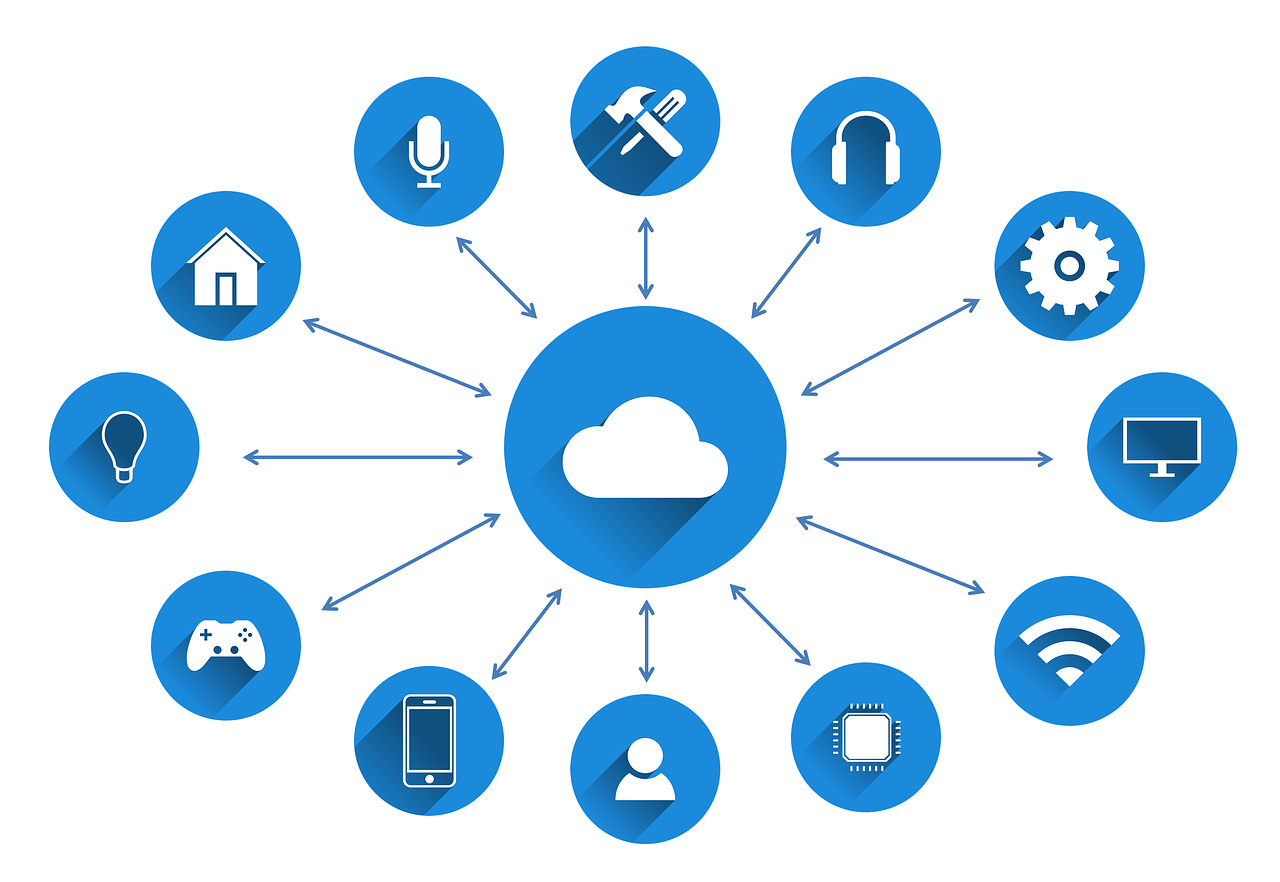The Future of Web Development: Trends to Watch in 2024

2024-09-16

Web development is an ever-evolving field, constantly reshaped by new technologies, design approaches, and user expectations. With the increasing reliance on the web for both businesses and consumers, staying ahead of the curve is crucial for developers and companies alike. As we move through 2024, several emerging trends are set to define the future of web development, enhancing both user experience and technological innovation.
1. Progressive Web Apps (PWAs)
Progressive Web Apps (PWAs) continue to gain traction in 2024, offering a blend of the best features from both web and mobile applications. PWAs are web applications that deliver a native app-like experience right through the browser. They provide offline functionality, push notifications, and fast load times, all while being highly responsive.
The main appeal of PWAs is their ability to work seamlessly across devices, providing users with a consistent experience without needing to download an app from the store. With businesses increasingly focused on mobile-first strategies, PWAs offer a cost-effective way to reach both desktop and mobile audiences without developing separate applications.
2. Single Page Applications (SPAs)
Single Page Applications (SPAs) are becoming the norm for modern web development. Unlike traditional multi-page websites, SPAs load a single HTML page and dynamically update content as users interact with the site. This provides a faster, smoother user experience by eliminating the need for full-page reloads.
Popular frameworks such as React, Angular, and Vue.js are widely used for building SPAs, allowing developers to create highly interactive and dynamic web interfaces. As user expectations for speed and performance grow, SPAs are becoming essential for delivering efficient web applications, particularly for e-commerce and SaaS platforms.
3. AI-Powered Chatbots and Virtual Assistants
Artificial Intelligence (AI) has found its place in web development, particularly through the integration of AI-powered chatbots and virtual assistants. These tools allow websites to provide real-time customer support, answering questions and guiding users without the need for human intervention.
In 2024, AI-driven chatbots are expected to become more sophisticated, capable of handling complex queries and offering personalized responses. They improve customer service, reduce response times, and help businesses operate more efficiently. As AI technology continues to advance, web developers will need to integrate these tools into their designs to meet the growing demand for instant support.
4. Voice Search Optimization
The rise of voice-activated devices like Amazon Alexa, Google Home, and Apple's Siri has made voice search an essential part of web development strategies. More users are now relying on voice commands to interact with their devices, and this trend is set to grow in 2024.
For web developers, this means optimizing websites for voice search by focusing on natural language, long-tail keywords, and structured data. Websites that are voice-search friendly will have a significant advantage in reaching users who prefer hands-free interaction. This shift also emphasizes the need for faster load times and mobile-first designs, as voice searches are often done on the go.
5. WebAssembly (Wasm)
WebAssembly is an emerging technology that is revolutionizing web performance. It allows developers to run high-performance code (written in languages like C, C++, and Rust) directly in the browser at near-native speed. This opens up possibilities for complex applications, such as gaming, video editing, and scientific simulations, to run efficiently on the web.
WebAssembly is particularly valuable for developers looking to push the boundaries of what web applications can achieve, especially in industries that demand heavy computational resources. As WebAssembly continues to mature, it’s expected to see wider adoption across industries that require high performance.
6. Motion UI
Motion UI is another trend gaining popularity in 2024. It enhances user engagement by incorporating subtle animations and transitions that guide users through a website. Whether it's hover effects, scrolling animations, or micro-interactions, Motion UI adds depth and a dynamic feel to web pages, making them more intuitive and visually appealing.
Motion UI helps users navigate content more easily and provides feedback for their actions, making interactions more engaging. As users continue to expect more immersive experiences, developers will increasingly use Motion UI to improve the overall user experience.
7. Serverless Architecture
Serverless computing is reshaping the way developers build and deploy applications. Instead of maintaining complex server infrastructures, developers can now rely on cloud service providers like AWS Lambda, Google Cloud Functions, and Azure Functions to manage backend services. Serverless architecture allows developers to focus solely on writing code, while the provider handles everything related to scaling, infrastructure, and maintenance.
In 2024, serverless architecture will continue to gain traction, especially for companies looking to build scalable and cost-effective applications. It offers several benefits, including reduced operational costs, faster deployment, and better scalability, making it ideal for applications with unpredictable traffic patterns.
In Conclusion
The web development landscape in 2024 is driven by user-centric experiences and cutting-edge technologies. From AI-powered chatbots to serverless architecture, the future of web development is filled with exciting possibilities. Developers who embrace these trends will be well-positioned to build faster, smarter, and more engaging web applications that meet the evolving demands of users and businesses alike.
By staying ahead of these trends, companies can ensure they provide users with the best possible experience, while developers can continue pushing the boundaries of what's possible on the web.




